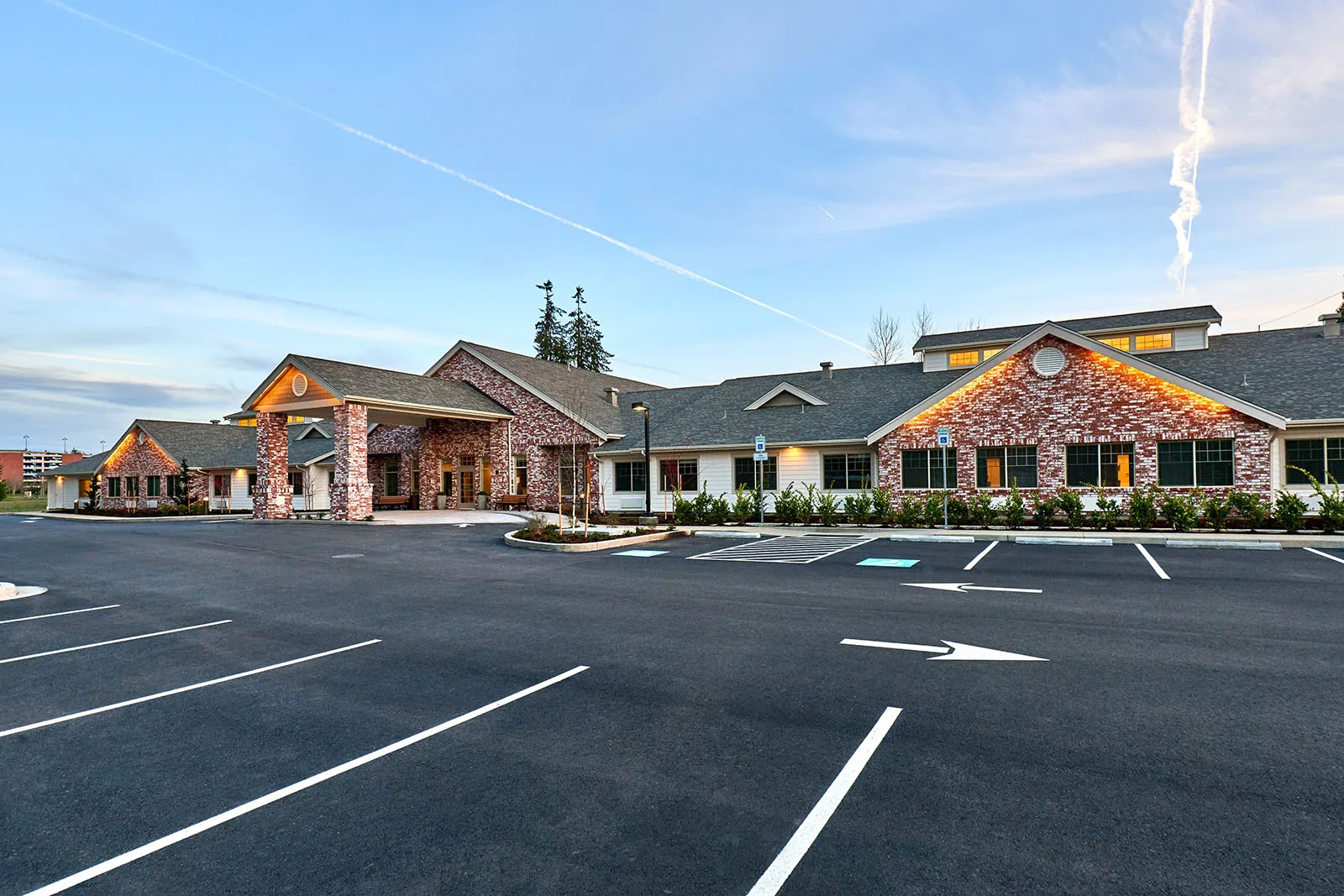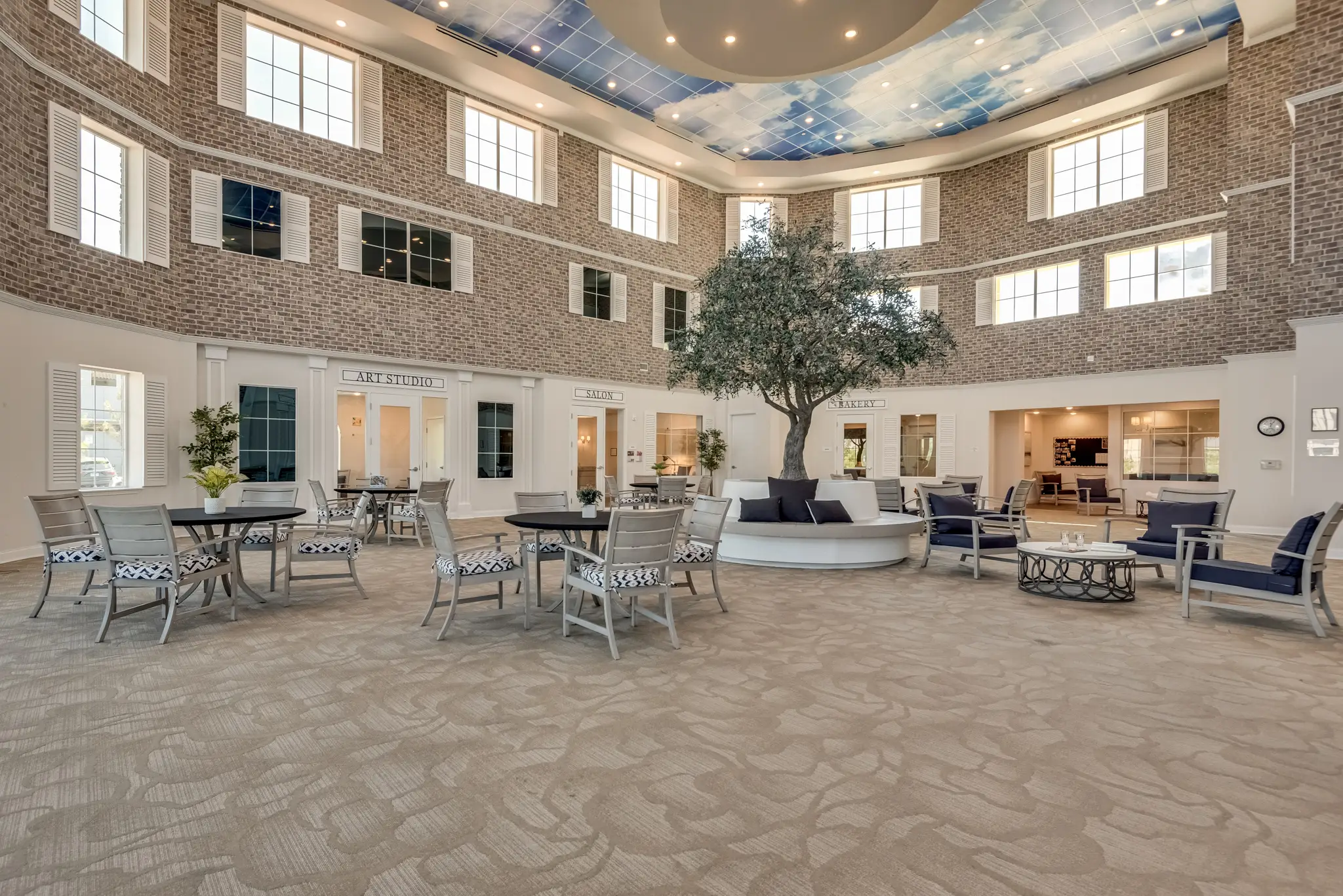Is Memory Care More Expensive Than Assisted Living? Here’s Why

If you’ve started exploring senior living options, you may have noticed that Memory Care is often more expensive than Assisted Living. While both offer supportive services in a residential setting, there are important differences that impact the overall cost—and understanding those differences can help your family plan more confidently.
In this article, we’ll explain the factors that make Memory Care more costly, what services are included, and how to evaluate whether your loved one may benefit from this specialized level of support.
The Key Difference: Specialized Dementia Support
Memory Care is designed specifically for individuals living with Alzheimer’s disease, dementia, or other cognitive impairments. This level of care requires:
- 24/7 supervision in a secure environment
- Caregivers trained in dementia care and behavioral support
- Individualized care plans tailored to cognitive challenges
- Structured routines to reduce confusion and anxiety
- Sensory programming and therapeutic activities
Because of this increased need for staffing, training, and safety, Memory Care generally carries a higher monthly cost than traditional Assisted Living.
👉 Related: How Much Does Senior Living Cost? A Breakdown by Care Type
Average Monthly Cost Comparison
While prices vary by state and community, here’s a general comparison based on national averages:
Care Type Monthly Cost Range
Assisted Living $4,000 – $6,000
Memory Care $5,000 – $10,000+
In some urban areas or higher-acuity situations, Memory Care may exceed $10,000/month, especially when bundled with additional medical services.
What’s Included in Memory Care?
Memory Care communities typically provide all the core services of Assisted Living, plus enhanced support for cognitive health and safety. Services may include:
- Private or semi-private accommodations
- Three meals per day + snacks
- Medication management
- Personal care (bathing, dressing, mobility)
- Life enrichment activities tailored to memory care
- Secured building access and monitored exits
- Family support groups and education resources
Why Memory Care Staffing Costs More
The staff-to-resident ratio in Memory Care is often significantly higher than in Assisted Living. Caregivers receive specialized training in:
- Dementia progression and behavior
- Non-verbal communication
- Redirection and de-escalation techniques
- Managing sundowning, wandering, and confusion
- Creating calm, engaging environments
These added staffing resources and safety protocols are vital—but they also contribute to higher operational costs.
Is Memory Care Worth the Extra Cost?
For families managing a loved one’s dementia at home, the emotional, physical, and financial toll can be overwhelming. Memory Care offers peace of mind through:
- Professional, round-the-clock support
- Purpose-built environments that reduce confusion
- Daily structure that promotes comfort and dignity
- Social opportunities that combat isolation
While it is more expensive than Assisted Living, Memory Care may improve quality of life and reduce long-term stress for everyone involved.
How to Explore Options and Plan Ahead
If your loved one is showing signs of dementia—such as memory loss, disorientation, or behavioral changes—it’s wise to begin exploring Memory Care early. Many communities, like ONELIFE Senior Living, offer:
- Complimentary care assessments
- Transparent cost breakdowns
- Support navigating VA benefits or Medicaid waivers
- Respite stays to “try out” memory care
👉 Need help affording care? Read: How to Pay for Senior Living: VA, Medicaid, and Private Pay Options
We’re Here to Help
At ONELIFE Senior Living, our Memory Care communities are built on empathy, expertise, and a deep commitment to cognitive well-being. If you’re considering options beyond Assisted Living, we’re happy to guide you through the next step—at your pace.
📞 Schedule a consultation with one of our communities today.
👉 Explore all ONELIFE Assisted Living and Memory Care Communities
Frequently Asked Questions
Why is memory care more expensive than assisted living?
Memory care communities offer specialized support for individuals with Alzheimer’s and dementia. This includes 24/7 supervision, dementia-trained staff, secure environments, and cognitive-focused programming—all of which require higher staffing levels and operational resources than standard assisted living.
What’s the average monthly cost of memory care?
Memory care typically ranges from $5,000 to $10,000+ per month, depending on the community, location, and level of care required. In some high-acuity or urban areas, costs may exceed $10,000 per month.
Does memory care include the same services as assisted living?
Yes, memory care includes all core services found in assisted living—such as housing, meals, housekeeping, and personal care—but adds enhanced support for cognitive health, behavioral needs, and safety.
Is memory care worth the higher cost?
For individuals living with dementia, memory care can provide a safer, more structured, and more engaging environment than standard assisted living. Families often find peace of mind knowing their loved one is supported by caregivers with specific training in cognitive care.
Contact us
learn more about our
community

More Articles & Resources
EXPLORE THE ONELIFE COMMUNITIES




















